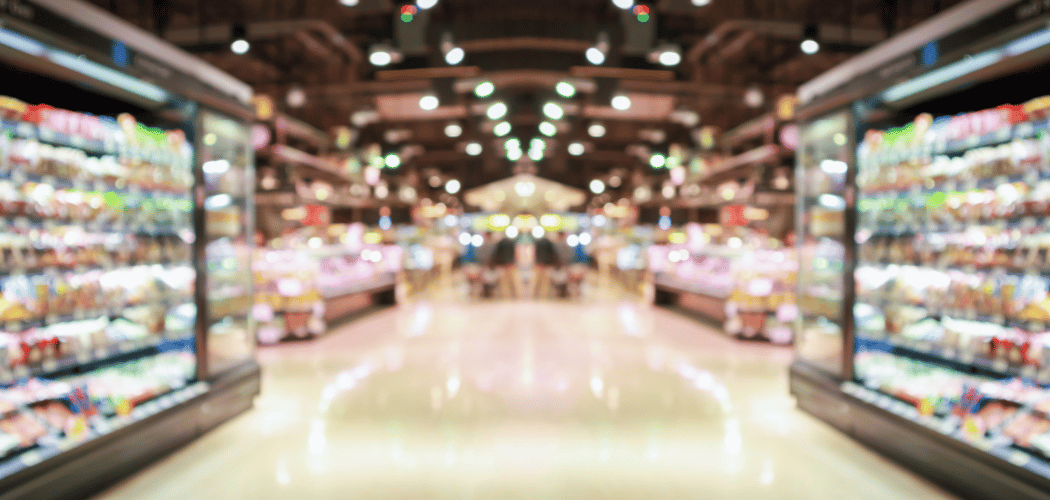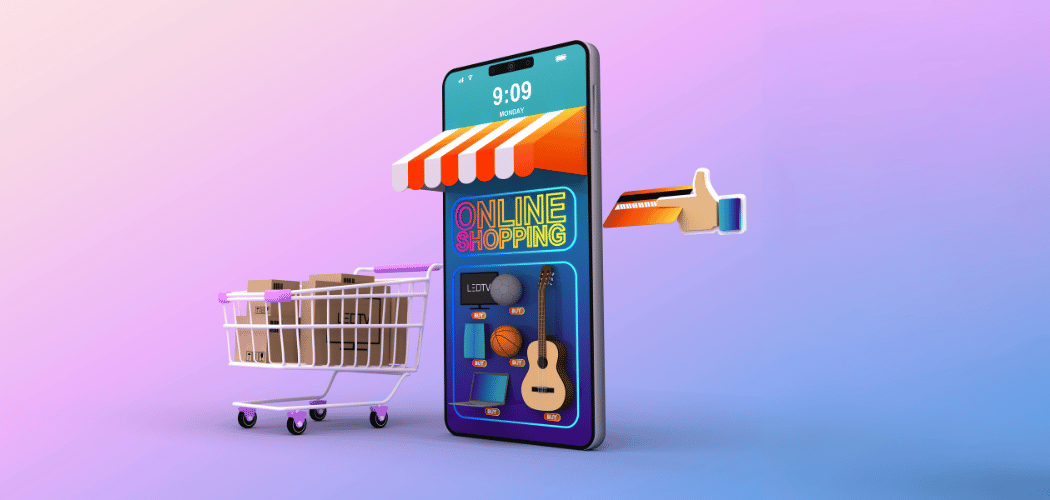With merchants relying on sensors to inform when loyalty members come in the door or are in the proximity of the store, these and related devices for location-based services will rise at a 37.8% compound annual growth rate (CAGR) through 2025, according to a new Research and Markets report.
Industry players are increasingly striving towards providing real-time location services to customers, which is expected to stimulate market significant growth, according to the report.
Among other findings:
Proximity beacons are anticipated to emerge as the fastest growing product segment, exhibiting a CAGR of 42.4% over the forecast period. There are various types of beacons available, such as Bluetooth beacons, Wi-Fi beacons, and ultrasound beacons.
Growth in location-based services is expected to benefit the retail industry.
Retailers are using LBS to increase customer engagement by providing customers with information about their products and discounts whenever customers get in the vicinity of retail store. Retailers are also using LBS to gain insights on customers’ response to a particular promotional initiative and to tailor their marketing strategies accordingly.
Some companies have leveraged the capabilities of location-based marketing to enhance their sales, customer experience and loyalty:
- According to a Bond Brand Loyalty report, automatic, location-based offers when inside a store improved the experience for 83% of loyalty program members who have tried this functionality.
- A recent ClickZ article points to geolocation, which uses location-based technology to determine when a customer is within a certain proximity (retailers and other companies can determine the geofencing range they prefer) as being essential elements of the Nordstrom’s Rewards loyalty program. Loyalty program members account for half of the company’s sales, according to the article.
- Starbucks and other merchants use a variety of location-based technologies to notify them when users of their apps (not always loyalty members) are in their stores. As noted in a Shopkick blog, the app can also push offers to users, track rewards and offer prepayment options.
- Taco Bell is among restaurants that use the location-based technology to not only enable customers to order and pay for food, but also to track the customer so the order will be hot and ready for pickup when the customer arrives, according to a CustomerThink
Beyond the benefits that geofencing and other location-based capabilities offer loyalty members, they can also be effective in attracting loyalty prospects to the program, according to a Moca blog. The technology can be used to devise campaigns triggered by how much time a prospect stays in a store and how many times they visit one or more company locations. Once they become customers (whether or not they joint a loyalty program), marketers can combine the location-based information and data from customer relation management (CRM) to build very targeted loyalty campaigns.
Phil Britt is a reporter for The Wise Marketer.




